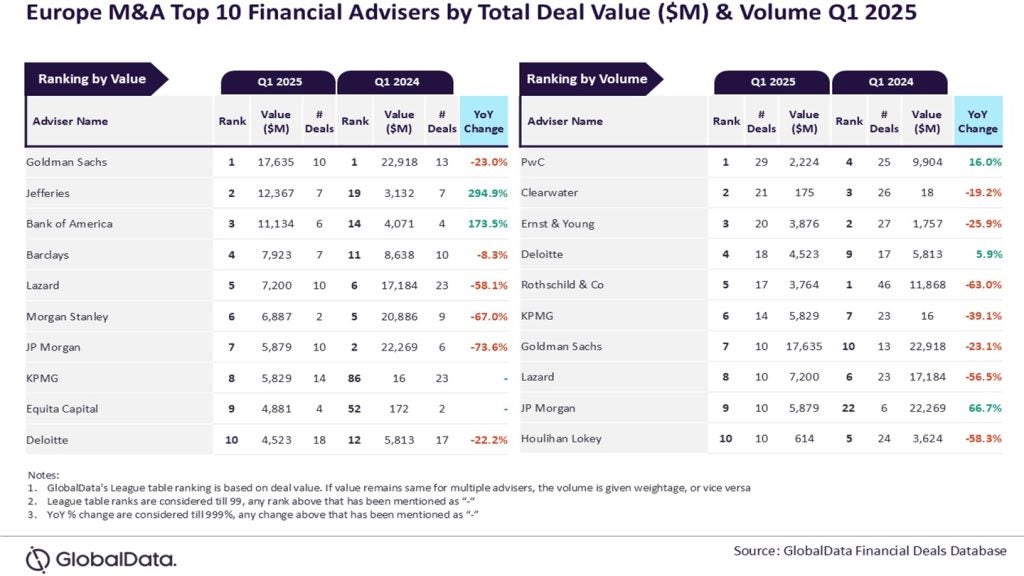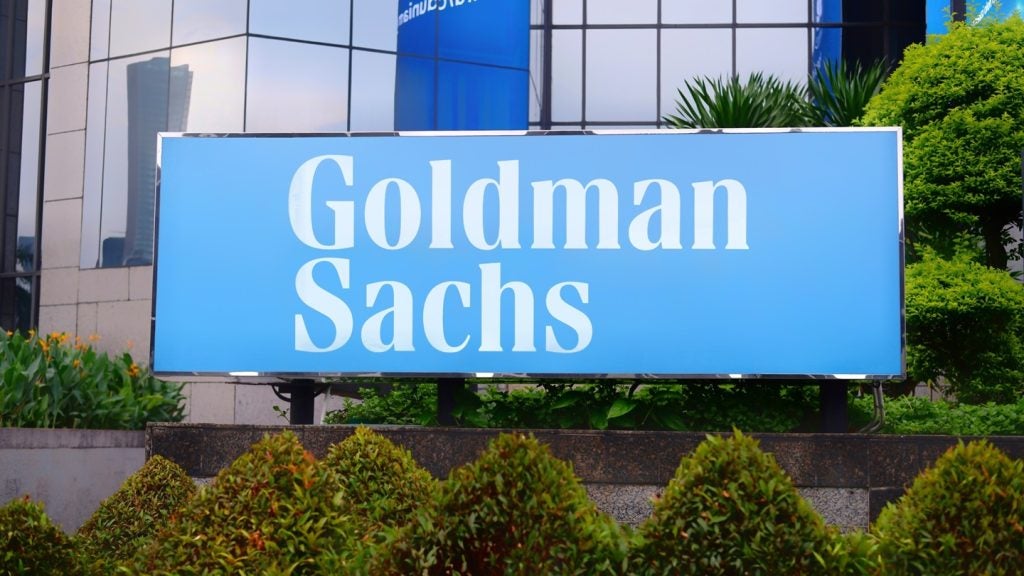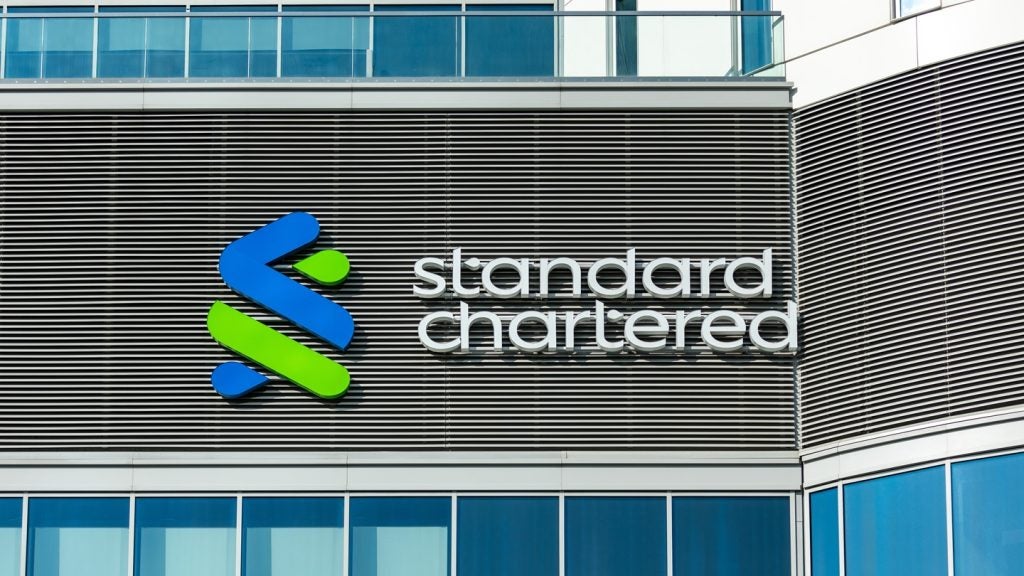The ranks of the world’s millionaires
swelled by around 900,000 people in 2010 to 10.9m with their wealth
hitting more than $42trn, surpassing 2007 pre-crisis levels as they
turned increasingly to equities and commodities to recoup
crisis-related losses, research by Merrill Lynch Global Wealth
Management and Capgemini reveals.
While North America remained home to
the biggest population of high net worth individuals (HNWIs) with
3.4m people, Asia-Pacific was next with a population of 3.3m.
Asia outpaced Europe (3.1m), to become
the second-biggest region for HNWIs worldwide, according to the
Merrill Lynch Global Wealth Management and Capgemini
15th annual World Wealth Report (see
below).

HNWIs worldwide grew 8.3% to
10.9m
The report, which covers 71 countries,
showed that the number of HNWIs worldwide grew by 8.3% to 10.9m
people in 2010. Their combined financial wealth rose by 9.7% to
$42.7trn – $2trn more than their combined wealth in 2007 before the
economic and financial crisis.
The rate of growth in total financial
wealth in 2010 was more modest than in 2009 when there was an 18.9%
jump in wealth thanks to a sharp rebound from the hefty
crisis-related losses of 2008.
The global HNWI population remained
highly concentrated in the US, Japan and Germany, which together
accounted for 53% of the world’s HNWIs.
The US was still home to the single
largest HNW population in the world, with its 3.1m HNWIs accounting
for almost 29% of the global HNWI population.
Growth in the number of HNWIs – defined
as individuals with at least $1m to invest in financial assets in
addition to their main home, collectors’ pieces and many everyday
items – was rapid in many parts of Asia, highlighting the growing
prominence of millionaires in emerging markets like China, India
and Indonesia.
The global population of ultra-HNWIs –
those with at least $30m of assets to invest – grew by 10.2% in
2010 and its wealth by 11.5%.
Asia-Pacific overtakes Europe,
India enters Top 12
While Asia-Pacific had already
overtaken Europe in 2009 in terms of HNWI wealth, Asia-Pacific’s
HNWI population rose 9.7% to 3.3m in 2010, while Europe’s grew 6.3
% to 3.1m (see chart).
Asia-Pacific HNWIs’ wealth gained 12.1%
to $10.8trn, exceeding Europe’s HNWI wealth of $10.2trn, where the
wealth increase was 7.2% in 2010.
Growth was robust in several Asian
countries. The HNWI population climbed by 33% in Hong Kong and
Vietnam and by more than 20% in Sri Lanka, Indonesia, Singapore and
India.
Indiabecame the country with the
world’s twelfth largest HNWI population in 2010, replacing
Spain.
HNWIs clearly assumed calculate risks
in search of better returns in 2010. Equities and commodities
markets, as well as real-estate particularly in Asia-Pacific,
performed solidly throughout 2010.
HNWIs continued to favour specific
asset classes, such as equities and commodities, based on market
opportunity or long-standing preferences.
The growing prominence of emerging
markets was also illustrated by the opportunities they provided for
wealthy investors in search of profits.
Equity and commodities
allocations to climb in 2012
In the first 11 months, investors
invested record amounts in emerging market stock and bond funds,
before selling to capture profits as the year ended and after the
value of many emerging market investments topped pre-crisis
highs.
At the end of 2010, HNWIs held 33% of
all their investments in equities, up from 29% a year earlier.
Allocations to cash/deposits dropped to 14% in 2010 from 17% in
2009 and the share held in fixed-income investments dipped to 29%
from 31%.
Among alternative investments, many
HNWIs favoured commodities. Commodity investments accounted for 22%
of all alternative investments in 2010, up from 16% in 2009.
HNWIs in Asia-Pacific, excluding Japan,
also continued to pursue returns in real estate, which accounted
for 31% of their aggregate portfolio at the end of 2010, up from
28% a year earlier and far above the 19% global average.
Looking ahead, HNWIs are expected to
increase their equity and commodities allocations even more in 2012
while reducing their allocations to real estate and
cash/deposits.
Passion for Luxury
The economic rebound and growing wealth
in emerging economies also helped to spur a revival in investments
of passion, from luxury cars to gold coins. Demand from Chinese
buyers in particular was widely reported for all sorts of
investments.
Luxury collectibles, such as cars,
boats and jets, remained the main investment of passion in 2010,
accounting for 29% of investments of passion globally.
Prestige car makers reported strong
demand in emerging markets, including Asia-Pacific, Russia and the
Middle East and increased interest from India, Brazil and Russia.
Mercedes-Benz, for example, said its worldwide sales rose 15% in
2010, but sales in China, including Hong Kong, jumped 112%.
Art, most likely to be seen as a form
of financial investment, accounted for 22% of passion
investments.
Chinese keen bidders and buyers
of art
Newly wealthy Chinese buyers were
widely reported to be keen bidders and buyers at galleries and
auction houses, especially to acquire the fast-diminishing supply
of works from native artists.
Jewellery, gems and watches also
accounted for 22% of investments of passion with diamonds fetching
record prices at international auctions in 2010.
Demand at the highest end of the market
was largely from Russia and the Middle East in 2010, but demand
from Chinese and other Asia-Pacific investors also grew fast.
Other collectibles, such as wine,
antiques and coins, accounted for 15% of investments of passion.
Rising gold prices helped to buoy demand for rare coins in
2010.
Finally, sports investments accounted
for 8% of HNWIs’ investments of passion.
While investments of passion are
clearly motivated by more than financial considerations, many
investments of passion are solid financial investments which play a
role in an investment portfolio, especially when investors are
seeking investments with a low level of correlation to global
financial markets.
Complex Post-Crisis
Needs
In the wake of the global financial and
economic crisis, the demands and concerns of HNWIs have grown more
complex.
Many high net worth individual clients
have rethought their investment and life goals and are heavily
weighing the risks they are willing to take to achieve those
goals.
Wealth management firms and advisers
will need to bring the full force of their capabilities to bear to
deliver an integrated response to the complex post-crisis needs of
high net worth individuals.
Enterprise Value – the ability to
leverage or combine different cross-enterprise capabilities in
other parts of a business such as the corporate, private or
investment bank – is critical as HNWIs expect their asset managers
and advisers to create more sustained and broad value than before
the crisis, according to the Merrill Lynch Global Wealth Management
and Capgemini 2011 World Wealth Report.
The crisis has had a lasting effect on
the investor psyche, reflected in the still relatively cautious
asset allocations of HNWIs.
42% of HNWIs rate capital
preservation as “extremely important”
Although HNWIs took on more calculated
risk in search of better returns, at the end of 2010, HNWIs
globally still held a significant amount of their assets in more
conservative instruments such as fixed-income, cash and
equivalents.
After seeing significant market
fluctuations, 42% of HNWIs said capital preservation was “extremely
important” and 46% said it was “important.”
It is clear from the findings of the
report that while HNWIs remain cautious they have also regained
trust in wealth management firms and advisers.
In 2010, as financial markets and
economies rebounded across the globe, a significant majority of HNW
clients reported that they have trust and confidence in their
wealth management advisers and firms.
This endorsement stands in stark
contrast to 2008, when nearly half of HNW clients had lost trust in
their advisers and firms.
It is also clear that in the
post-crisis environment HNWIs need a higher degree of
responsiveness and flexibility than in the past. This will require
an eye for longer-term return-on-investment (ROI) measures.
Reassurance about continuity will be critical.
Adam Horowitz, Head of UK, Ireland
and Israel at Merrill Lynch Wealth Management.







